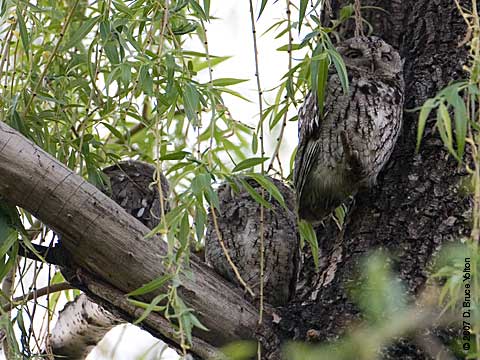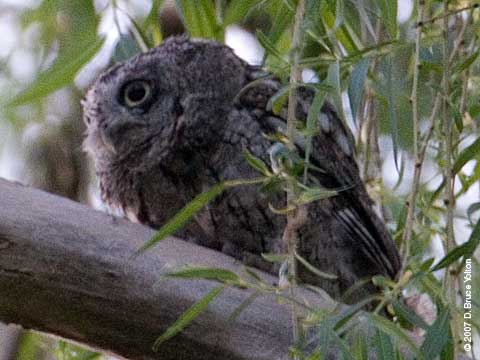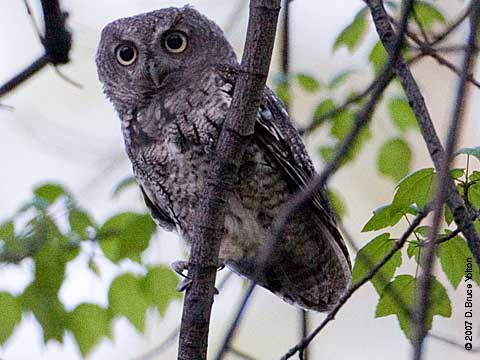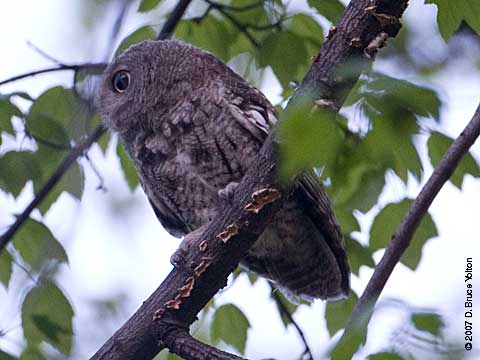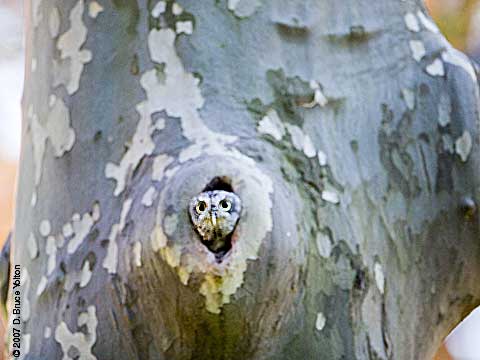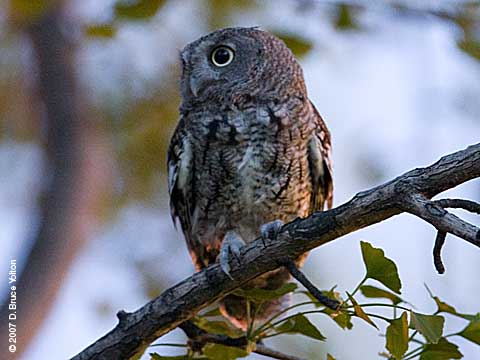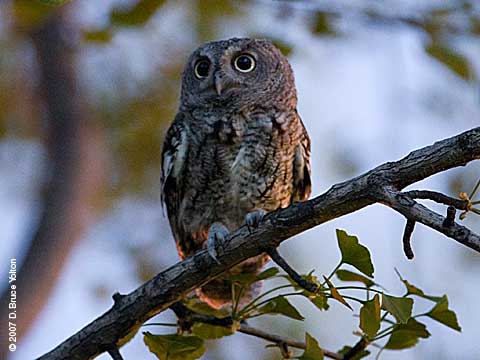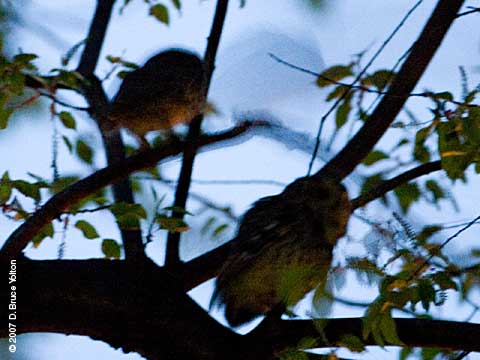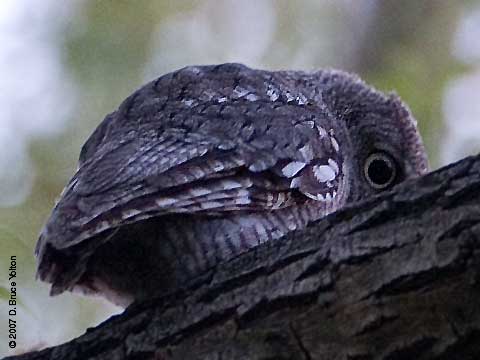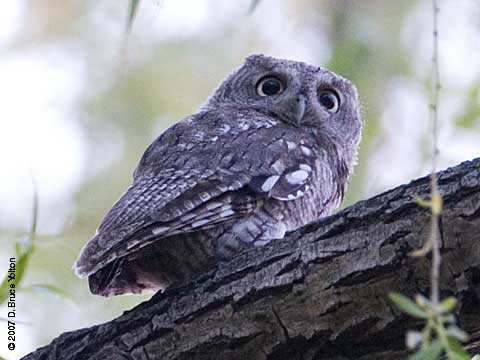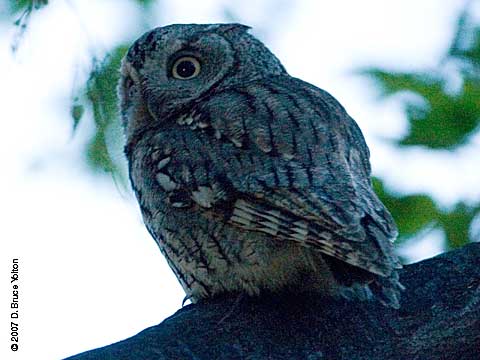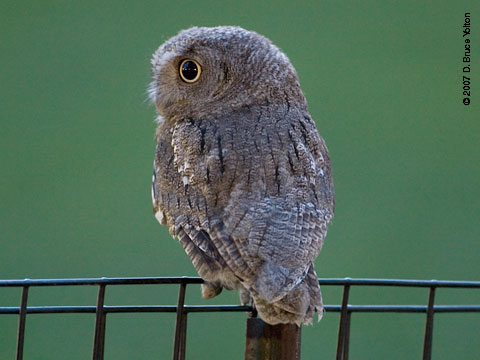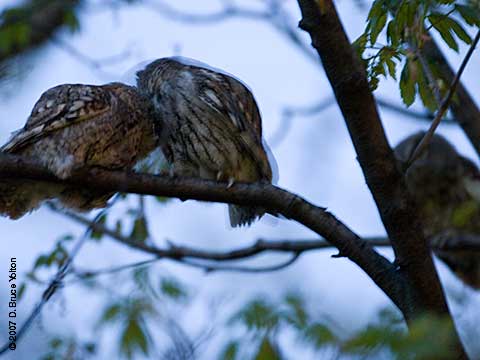Saturday, May 5th
Chris joined me this evening, as well as some locals from the neighborhood this evening.
One couple told us about an Eastern Screech-Owl that was on their windowsill at 1 a.m. about three weeks ago. They live on Central Park West. This is consistent with research done after the initial reintroduction of the owls into the park and our experiences last year. However, it always surprises me when I hear these stories.
Tonight after the fly out, we watched one of the owls hunt a rodent. I think the owl missed, but it was a wonderful sight to see. (It happened too quickly for photographs however.)













